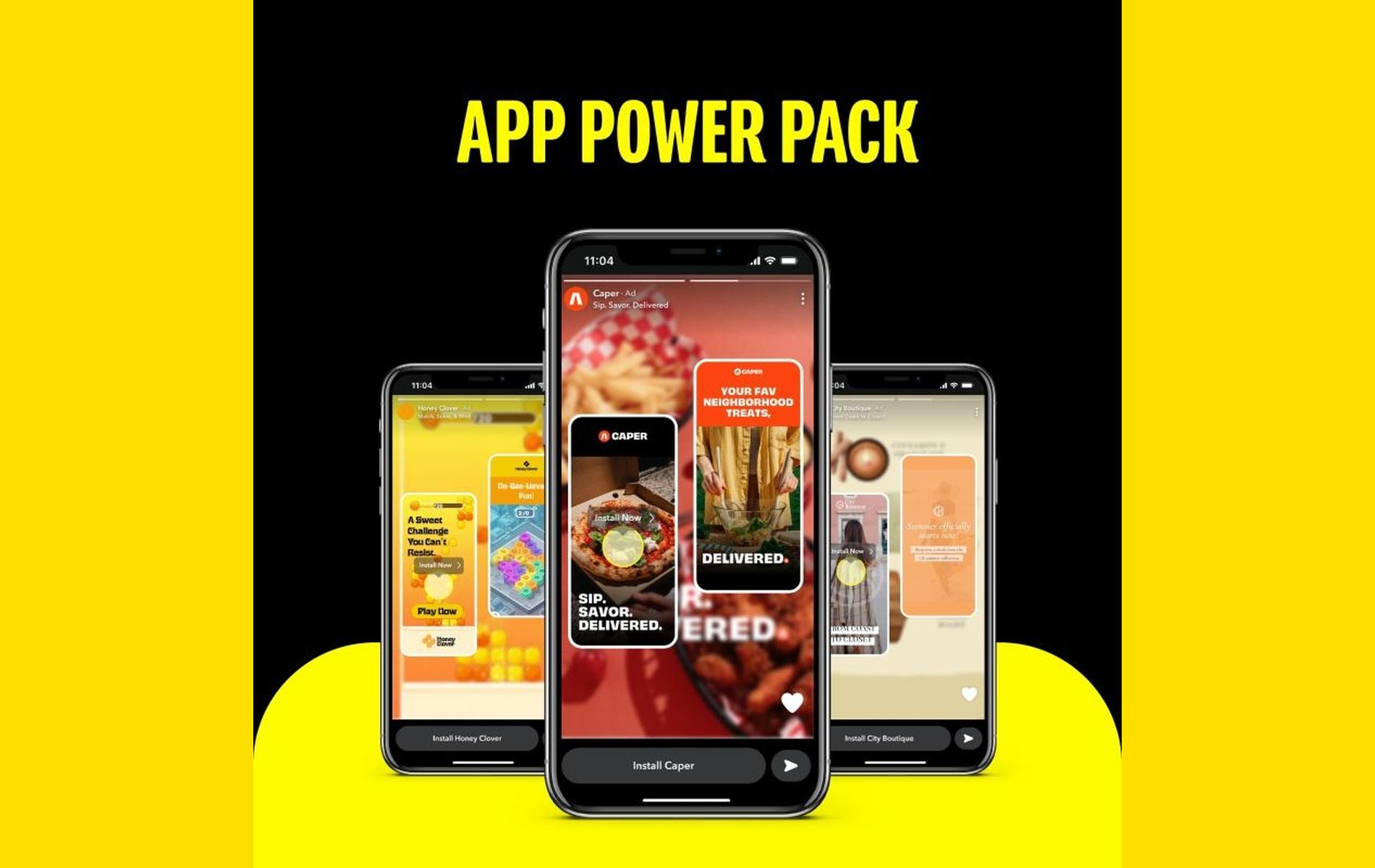News - News In Brief
AppsFlyer new report reveals eCommerce App industry trends that retail marketers can capitalize on
July 19, 2023
.jpg) Advertisement
AdvertisementAppsFlyer has released the 2023 edition of its State of eCommerce App Marketing report, an in-depth look at key global industry trends to guide retail marketers in building a mobile-first experience that drives engagement and sales for the second half of 2023, especially during the peak holiday season.
While retail marketers continue operating in an uncertain economic landscape, last year’s Q4 holiday shopping season, which saw more in-app purchases by consumers compared to Q4 in 2021, should provide a glimmer of hope.
Consumer spend in shopping apps climbed 37% in Q4 2022 compared to Q3 2022, 30% higher than the rise in 2021 over the same period. On average, retail apps generated 10% more revenue in the peak shopping month of November 2022 compared to November 2021.
Additionally, In-app purchases (IAP) remained high throughout the entire holiday season, suggesting that retailers focused on attracting customers with early discounts and continuous holiday season incentives, leading to shoppers making return visits to their favourite shopping apps and also making repeated purchases, which drove shopping’s economic engine.
“In 2022 the UAE saw the highest share of paying users on iOS in November. Clearly peak season campaigns work, so I would advise UAE mobile marketers to plan early for the upcoming White/Yellow Friday sale season,” said Sue Azari, Industry Lead for eCommerce, AppsFlyer. “To capitalise on this, organise user acquisition campaigns ahead of White/Yellow Friday and Single's Day to benefit from the more affordable costs during this timeframe, and use remarketing strategies to guide users to the app via paid and owned media channels.”
Key insights from the 2023 State of eCommerce report:
- Through 2022, mobile marketers spent over US$45 million on user acquisition campaigns, with the lion’s share of this (78%) being directed at Android users.
- Marketing efforts appear to have resonated more strongly with iOS users, with the growth in eCommerce app installs on the platform for FY2022 increasing an impressive 45.3%, compared to lower, but modest increase of 14.7% for Android installs.
- Last year, in-app spending on Android devices in the UAE saw an 11% month-over-month increase, with a 77% spike in November over October; on iOS, these figures were 4% and 30% respectively.
- Globally, in-app consumer spend increased 81% on Black Friday 2022 compared to the daily average in the month of November, with Android averaging 61% higher.
- eCommerce marketers spent $4.9 Billion on attracting app users worldwide in 2022, with the economic downturn leading to a 25% drop in spend in H2 2022.
- Apple iOS apps had a 85% higher share of paying users compared to Android, and November conversion rates were 15% higher compared to the monthly average on both iOS and Android platforms.
- Cost of Media in the eCommerce vertical has significantly dropped 30% YoY when comparing Q1 of 2023 to Q1 of 2022.
- Marketers’ customer acquisition costs, measured in Cost Per app Installs (CPIs), peaked in November 2022 and dropped 30% when comparing Q1 of 2023 to Q1 2022 – more specifically, decreasing 33% on iOS and 11% on Android.
- Marketing-driven non-organic installs (NOIs) rose 19% on iOS thanks to a drop in CPIs and increased confidence in measurement in the post iOS 14.5 app environment.
- Marketers are focusing on remarketing as it remains a vital and cost-effective component of the global marketing landscape, consistently boasting a share of over 40% monthly.
“The impact of the downturn on ad spend as seen during the first quarter of 2023 has been significant with marketers cutting budgets, but the success of the 2022 holiday season, even amidst the prevailing financial slowdown worldwide, should instil greater confidence in marketers as they plan for the upcoming holiday season,” said Shani Rosenfelder, Director of Content Strategy & Market Insights, AppsFlyer. “Emotional marketing offers a greater resonance now more than ever, so marketers should stay attuned to the needs and sentiments of their audience to connect with them on a deeper level."



.jpg)










